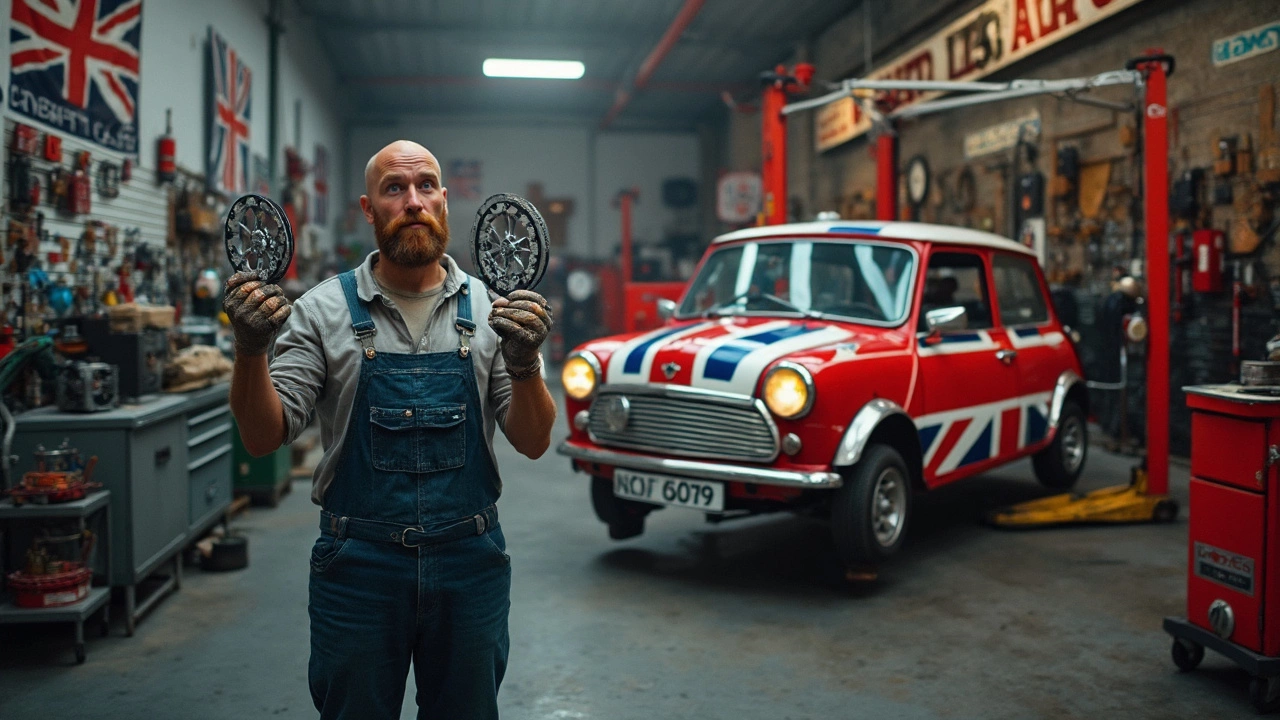Automotive Parts: What Every Car Owner Should Know
If you own a car, you’ve probably wondered which parts need attention, which upgrades are worth the cash, and how new materials affect performance. Below you’ll find practical advice that cuts the jargon and gets straight to what matters for daily drivers and enthusiasts alike.
Top Materials and Their Uses
Carbon fibre is a buzzword that promises light weight and high strength. In reality, it’s great for body panels and interior trim, but it isn’t bullet‑proof. A carbon fibre panel can crack if hit hard, so treat it like a delicate finish – avoid stone chips and harsh chemicals.
Aluminum and alloy wheels look sharp, but they behave differently. Aluminium wheels are lightweight and improve handling, while alloy wheels often blend aluminium with other metals for added durability. Both can suffer from curb‑damage, so keep an eye on the rim edges after parking on rough surfaces.
When it comes to suspension, lowering springs are popular for a sportier stance. They work fine with stock shocks if you stick to modest drops (no more than 20 mm). Anything deeper pushes the shocks beyond their design, leading to premature wear.
Common Upgrades and What to Watch Out For
Wheel spacers promise a wider track and aggressive look, but they also change steering geometry. If you install spacers that are too thick, you may notice a loose feel or uneven tire wear. A thin spacer (a few millimetres) usually passes safety checks, but always double‑check clearance with your tyre size.
Cold air intakes boost airflow, but without a proper tune you might lose low‑end torque. Most modern engines adjust on the fly, yet it’s smart to monitor fuel trim for any irregularities after the swap.
Air filters are another easy win. Performance filters claim more horsepower, but the real benefit is a cleaner sound and easier maintenance. If you’re after measurable gains, a full intake upgrade is needed – the filter alone won’t move the needle.
Roof racks add utility, but they count as a vehicle modification for insurance and registration. Before you mount one, check your policy to avoid surprise premiums.
Resonator deletes make the exhaust louder and can shave a tiny bit of back‑pressure, but they also raise noise levels enough to attract police tickets in some regions. Make sure the local noise limits allow the change.
Every upgrade comes with a cost, not just in cash but in potential wear. For example, wheel spacers can stress wheel bearings, and aggressive lowering can strain the chassis. Balance your dream look with realistic maintenance plans.
In the end, the best approach is to prioritize parts that improve safety or reliability first – brakes, tyres, and fluid filters. Cosmetic upgrades like carbon‑fiber trims or custom seats add flair, but they should sit on top of a solid foundation.
Got a specific part in mind? Dive into our related articles for deeper numbers, installation tips, and real‑world experiences from other car lovers. Whether you’re tweaking a daily commuter or building a show car, the right knowledge saves time, money, and headaches.
Diving into the world of car modifications can be overwhelming, especially when it comes to understanding the difference between wheel spacers and adapters. Both components serve to adjust the position of your wheels, but they have distinct functions and uses. This article unpacks the specifics, helping you decide which one suits your needs. From enhancing vehicle stability to enabling more exciting customizations, we've got the insights you need.

